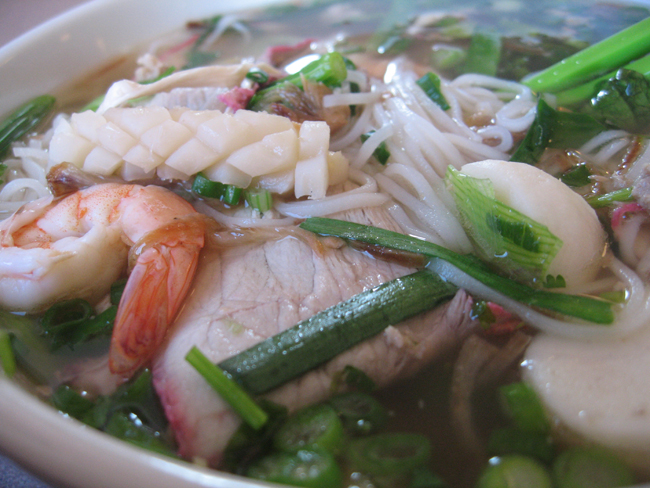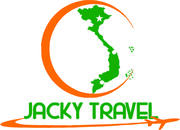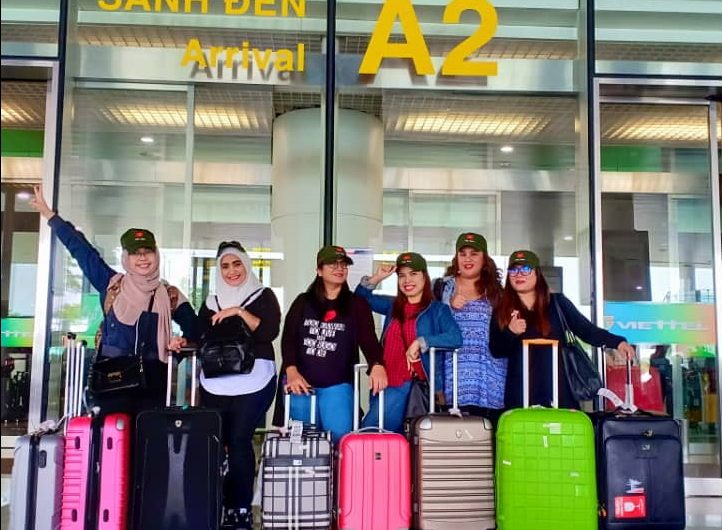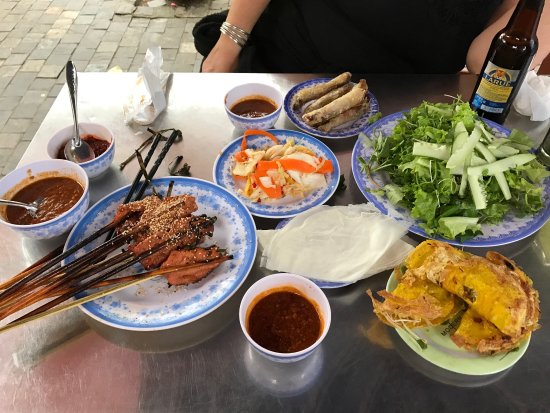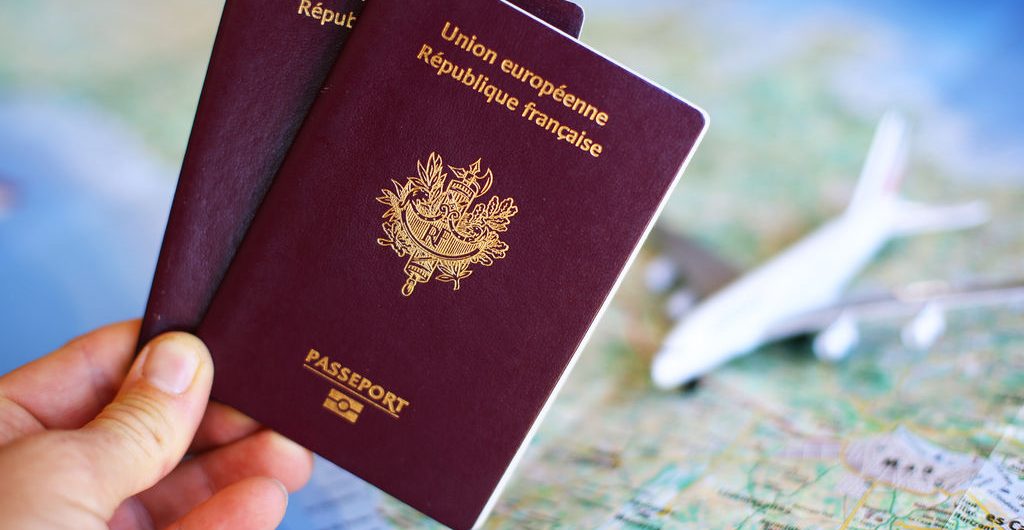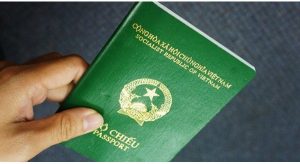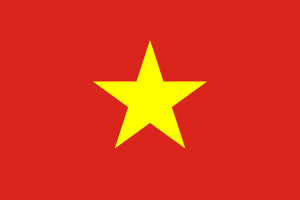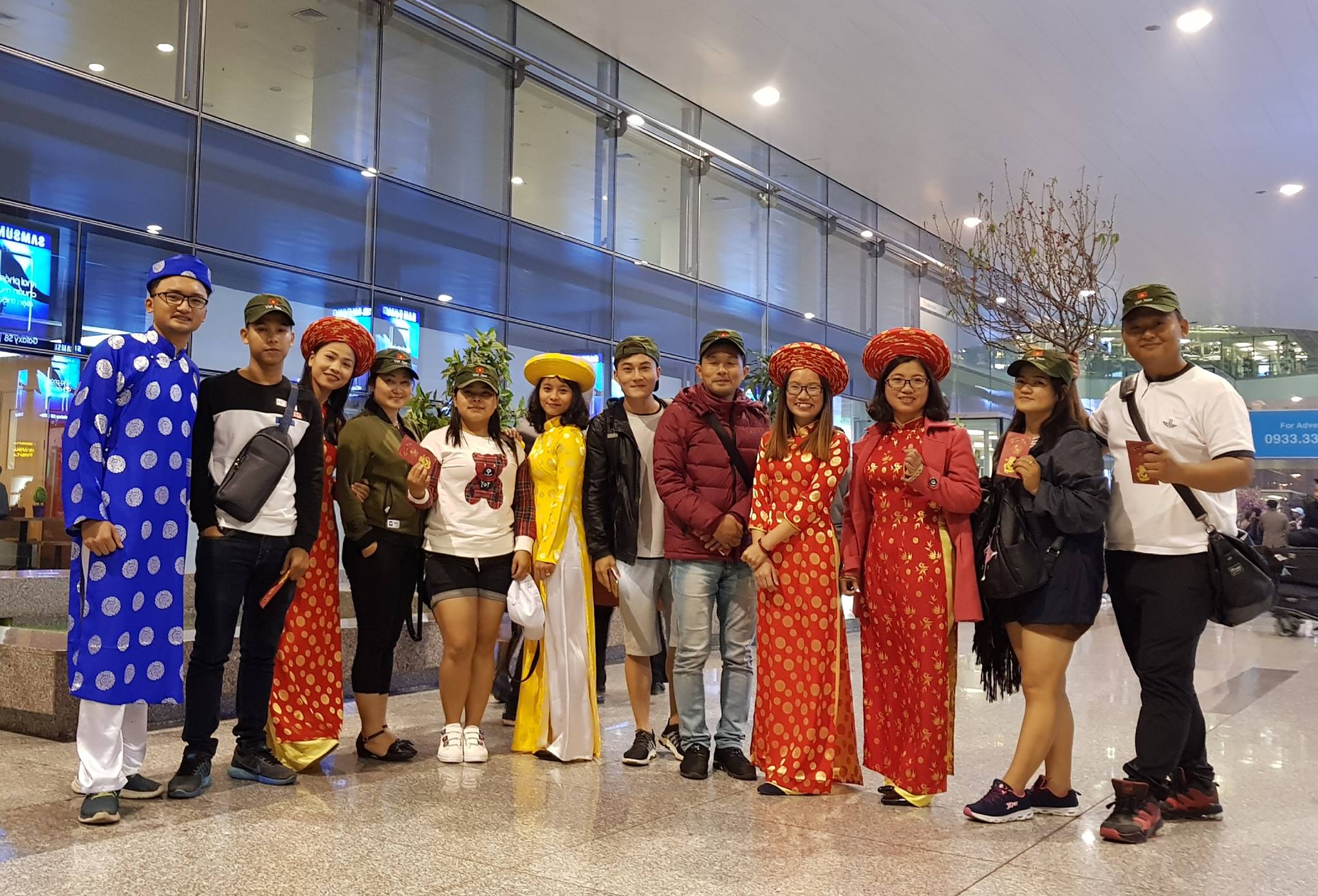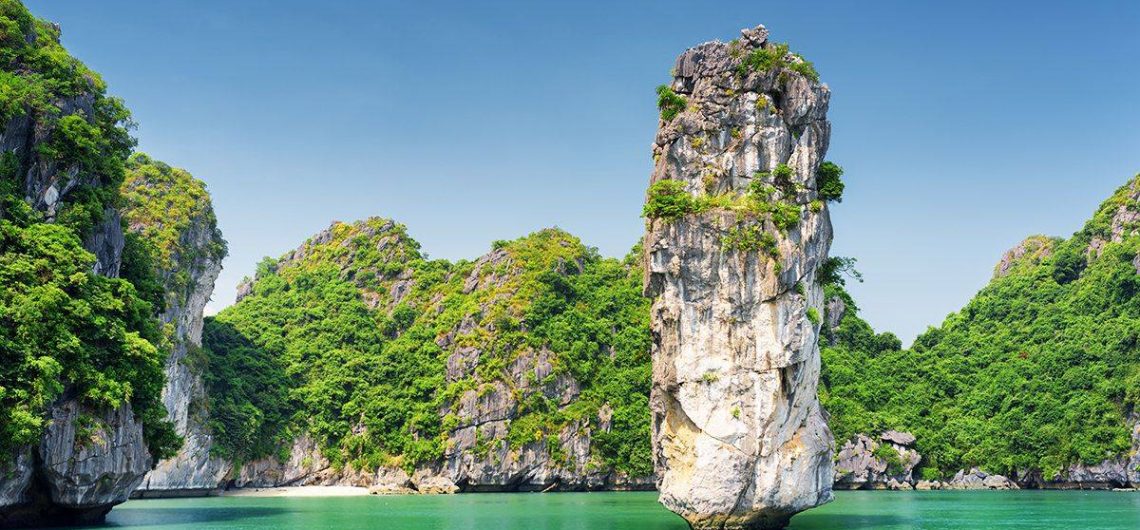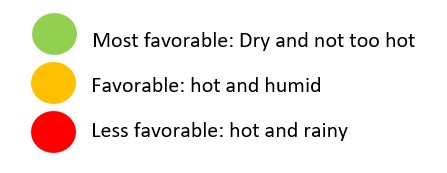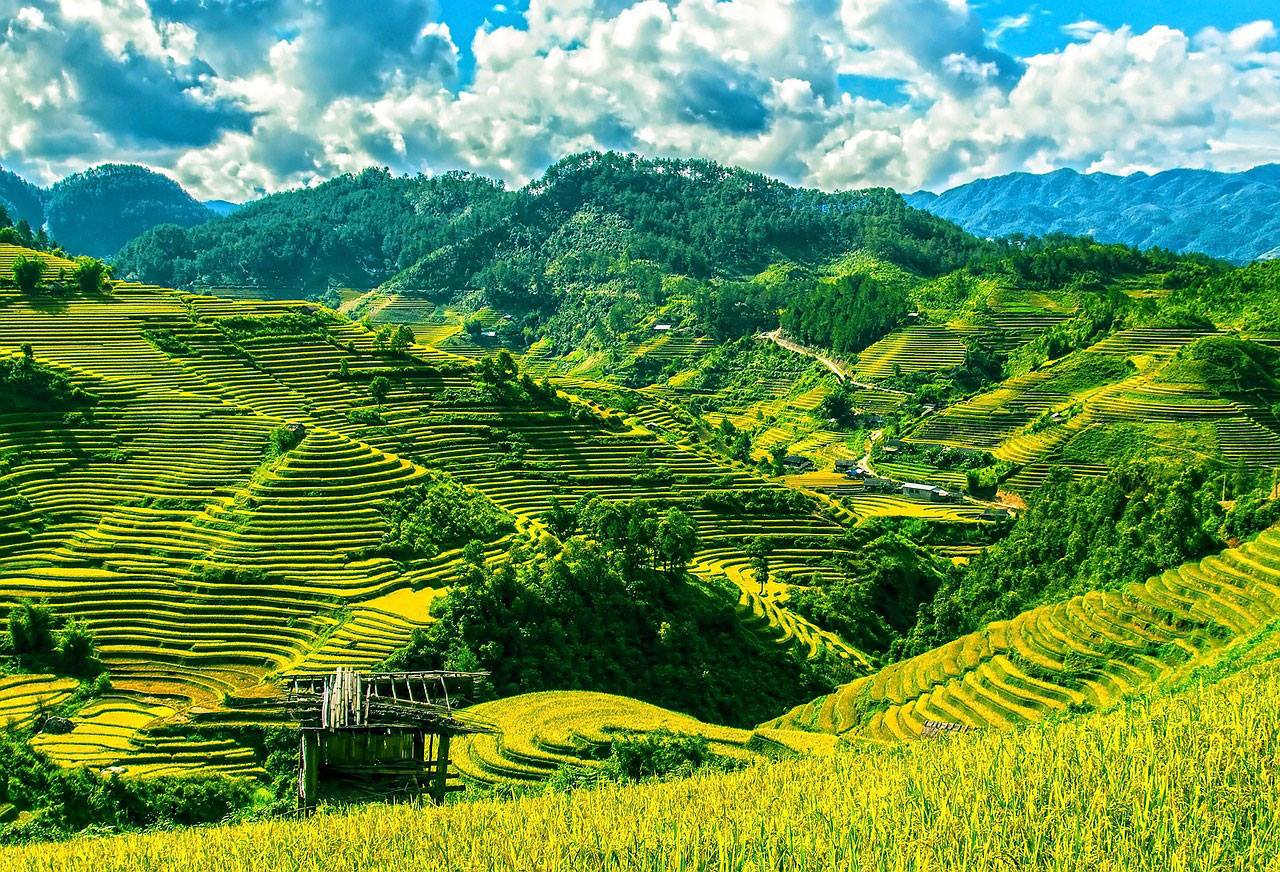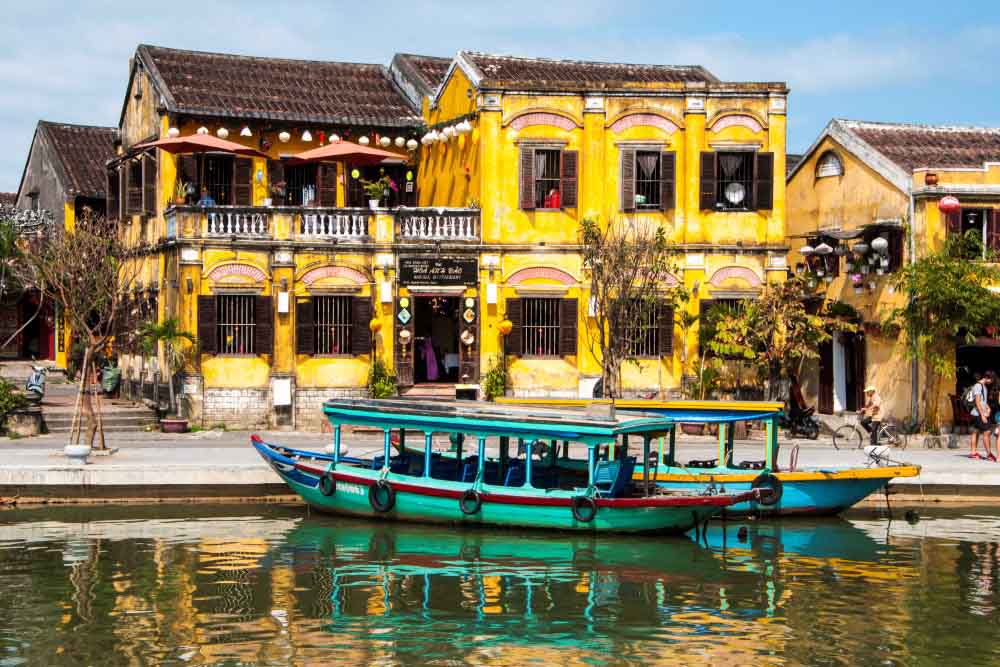A trip to Vietnam is more meaningful and memorable than ever by trying its fine and delicious cuisine with a wide range of dishes in different regions. After checking in many impressive attractions, enjoying specialties are indeed a good way to enjoy your life. Furthermore, it is also interesting to learn more about the culinary uniqueness, local life and culture of each region. So, are you ready to explore this beautiful S-shaped country and find out the best specialty foods in different parts of Vietnam ? Specialties in Northern Vietnam Green Sticky Rice (Côm Vòng) in Hanoi "Côm" is indeed a specialty in Hanoi. And the most reliable address for you to enjoy the best green sticky rice is in Vong village located on the outskirts of the capital city. Although how “Cốm” is made is still kept as a secret, there is one thing for sure that the process of making this specialty is really complicated and requires much time. Young glutinous rice – the main ingredient here – should be carefully chosen when they are even in their blossom. Slowly chewing green sticky rice is what you should do to feel its subtle scents, softness and tastes. Goat Meat in Ninh Binh It seems a big pity to skip a specialty in Ninh Binh, namely goat meat. Unlike goats in other areas, Ninh Binh goats likely grow on rock mountains. That’s why their meat is tougher, much more delicious and exotic than the ones raised on hills. Besides, the process of making goal meat dish becomes a secret of the locals. Traveling to Ninh Binh, you should not forget to enjoy various dishes cooked from goat meat, such as stir-fried goat meat, rare goat meat with lemon, steam goat meat, lemongrass and coconut goat, grilled goat brisket, etc. Green Bean Cake
A trip to Vietnam is more meaningful and memorable than ever by trying its fine and delicious cuisine with a wide range of dishes in different regions. After checking in many impressive attractions, enjoying specialties are indeed a good way to enjoy your life. Furthermore, it is also interesting to learn more about the culinary uniqueness, local life and culture of each region. So, are you ready to explore this beautiful S-shaped country and find out the best specialty foods in different parts of Vietnam ?
- Green Sticky Rice (Côm Vòng) in Hanoi
“Côm” is indeed a specialty in Hanoi. And the most reliable address for you to enjoy the best green sticky rice is in Vong village located on the outskirts of the capital city. Although how “Cốm” is made is still kept as a secret, there is one thing for sure that the process of making this specialty is really complicated and requires much time. Young glutinous rice – the main ingredient here – should be carefully chosen when they are even in their blossom. Slowly chewing green sticky rice is what you should do to feel its subtle scents, softness and tastes.
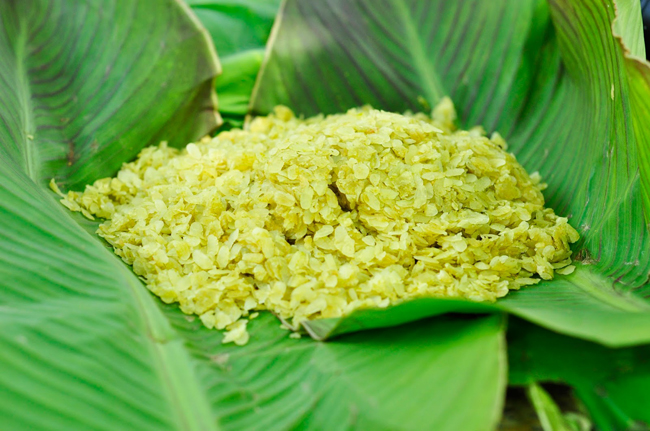
It seems a big pity to skip a specialty in Ninh Binh, namely goat meat. Unlike goats in other areas, Ninh Binh goats likely grow on rock mountains. That’s why their meat is tougher, much more delicious and exotic than the ones raised on hills. Besides, the process of making goal meat dish becomes a secret of the locals. Traveling to Ninh Binh, you should not forget to enjoy various dishes cooked from goat meat, such as stir-fried goat meat, rare goat meat with lemon, steam goat meat, lemongrass and coconut goat, grilled goat brisket, etc.
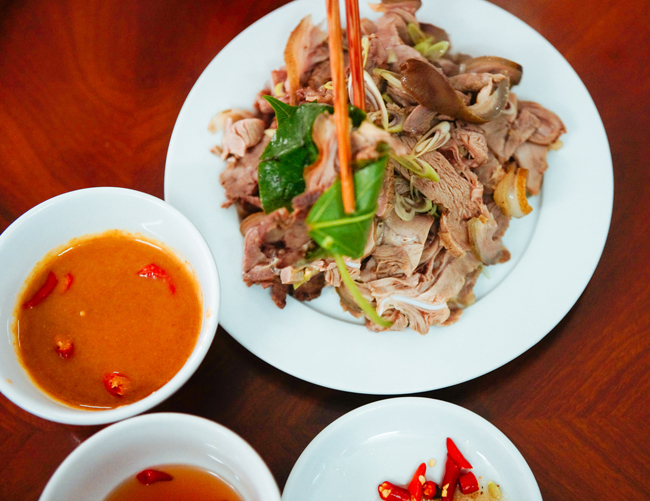
- Green Bean Cake in Hai Duong
Also named Bánh Đậu Xanh Hải Dương, “green bean cake” is a sweet rectangular cake whose ingredients include green bean, pork fat, sugar, and grapefruit oil. After opening the box, eaters can easily feel its sweetly attractive smell. A very soft and tasty flavor just melt in your mouth after you enjoy it! Don’t forget to buy this specialty cake as the unforgettable gifts for family members during a trip to Hai Duong, Vietnam.
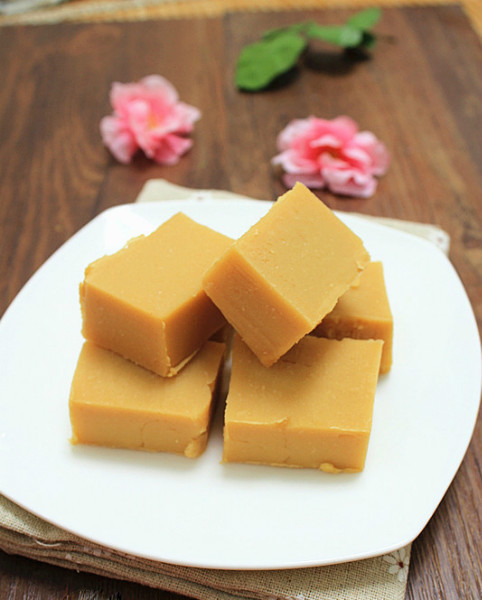
- Fermented Pork in Thanh Hoa
You only eat the best fermented pork in Thanh Hoa which is widely famous across the country, thanks to its delicious taste and unforgettable flavor. In fact, such specialty is made from fresh pork. That means the pork must immediately choose when the pig is slaughtered. Then, it is carefully minced and processed in a lot of steps. Another ingredient is pigskin. Once pork and pigskin are now processed, they will be then mixed with chili, salt, sugar, black pepper, fish sauce and “thính.” Next, the mix is wrapped in “dong” and banana leaves. In general, each packed roll may be eaten after 3 or 4 days.
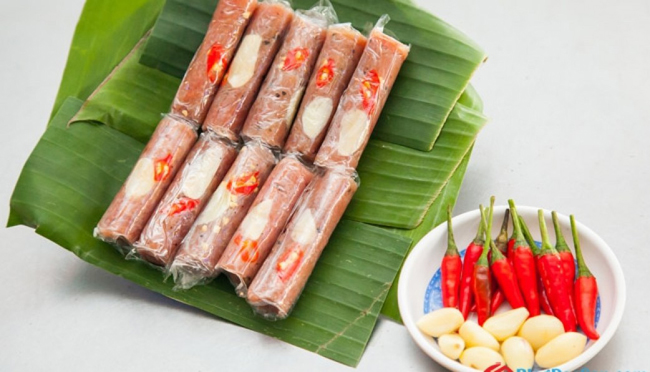
- Vietnamese Conjugal Cake (Bánh Phu Thê) in Hue City
Hue is noticeable as the old kingdom of Nguyen Dynasty in the Center of the country. The city is peaceful and traditional with many attractions and foods. Here is where you can find it hard to leave without trying Conjugal Cake, or Bánh Phu Thê. As its name suggests, such cakes often do not come as individuals. Instead, you can see them being packed in pair. Basically, the stickiness of the cake represents the tie of the marriage, while the golden filling symbolizes the faithfulness and loyalty of the couple in a family.
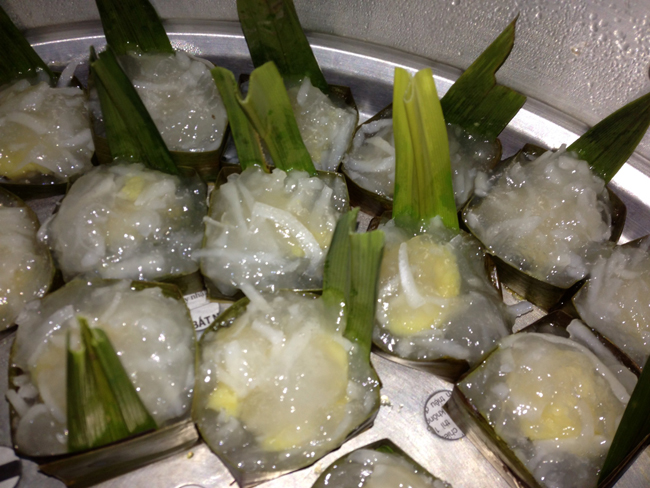
- Vietnamese Pancake in Phan Thiet
Unlike other turmeric-yellow pancakes in Saigon, pancakes in Phan Thiet are very small crispy crepes. However, these are chewer and more delicious than their cousins in Ho Chi Minh City. The fillings are usually made of pork, shrimp, and bean sprouts, etc. To eat, you should tear off chunks of the crepe, and then wrap them in the paper rice, herbs and vegetable. After that, the roll is deeply dipped into a sweet and sour fish sauce dip. What a yummy dish! Tuyen Quang Street is where you can find such specialty.
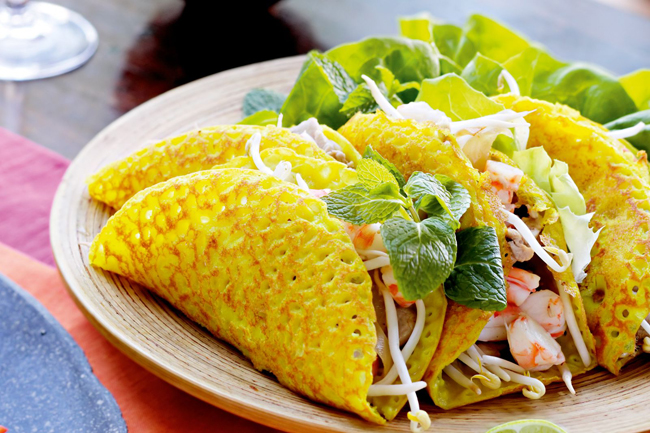
Cudo is a specialty of Ha Tinh. It is simply a kind of crispy candy in which many layers are made from dry cake, malt, peanuts, and sugar cane honey. Vietnamese have a tendency to eat Cudo while drinking green tea and leisurely have a conversation. What make the candy a culinary phenomenon of the region is its sweet, fatty, and spicy flavor. Foreigners can find it difficult to chew Cudo, because of its toughness. But, after trying several times, they instantly fall in love with this candy and also want to buy it to bring home and present to their family members and friends.
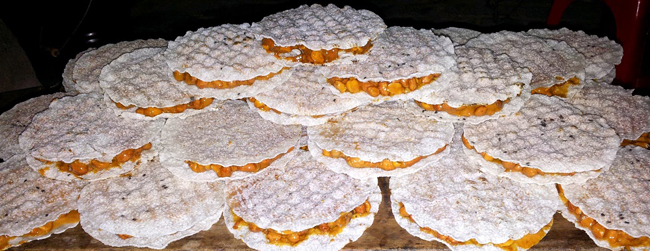
- Grilled Rice Cake in Dalat
Along with being a romantic place to marvel at colorful flowers, Dalat also gets its name famous for top best foods. Grilled Rice Cake is one of the city’s specialties. At that time, rice paper and other yummy toppings (i.e. pork floss, dried tiny shrimp, mayonnaise, quail egg, and chili sauce) are grilled on charcoal. Wait until the rice paper turns yellow and become crispy. This exotic food is greatly enjoyed while it is still hot.
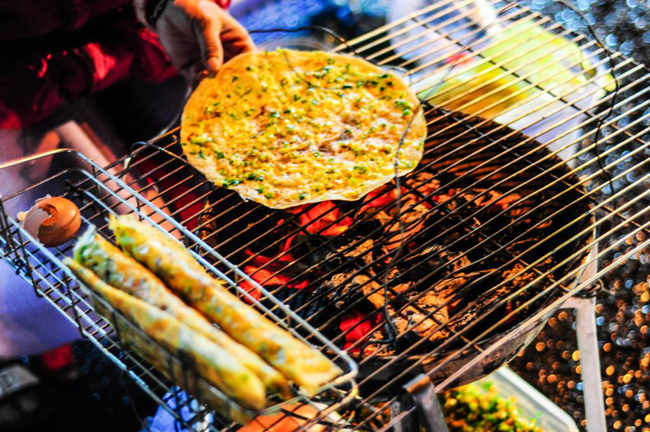
When visiting Cu Chi Tunnels in Ho Chi Minh City – a place to learn more about Vietnam’s heart-breaking, heroic and resounding war against invaders, you should not ignore a chance to enjoy Cu Chi beef whose name has become a common specialty in many districts in Saigon. After browsing the menu, you can be enthralled by many various beef cooking styles. However, it is highly advisable to try boiled beef served with vegetables and forest leaves (Bò Tơ Hấp Cuốn Bánh Tráng Rau Rừng), beef served with vinegar soup (Bò Tơ Nhúng Giấm), stirred beef with saffron (Bò Xào Nghệ), etc. Gourmets may even feel the real taste of Cu Chi beef when it is cooked with no adding spices. Then, small slices of boiled beef should be wrapped in rice paper with herbs. Next, the roll is dipped into a wonderful fish sauce. How great it is!
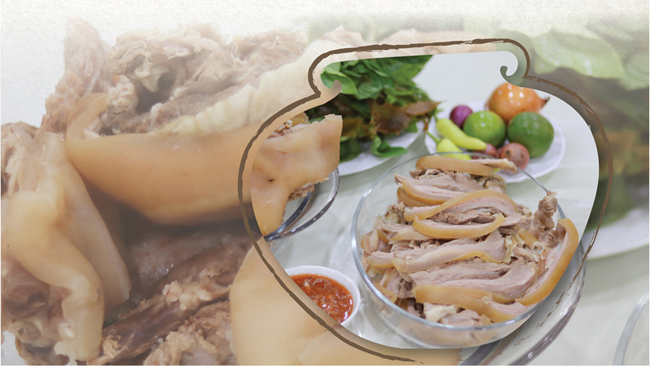
- Dish Made From Herring Fish And Vegetables (Gỏi Cá Trích) in Phu Quoc
To make this dish, the fresh herring fishes are carefully chosen and processed by fishermen. Then, these will be decorated with strange types of vegetables with various flavors. Of course, the sauce is usually prepared with good quality fish sauce in Phu Quoc. All of these ingredients are harmoniously combined to make an unforgettable and wonderful dish, namely “gỏi cá trích.” And you can find this dish nowhere else in Vietnam, but Phu Quoc only. Sweet, salty, aromatic, acidic, as well as different textures, it does leave a strong impression on both local and international eaters.
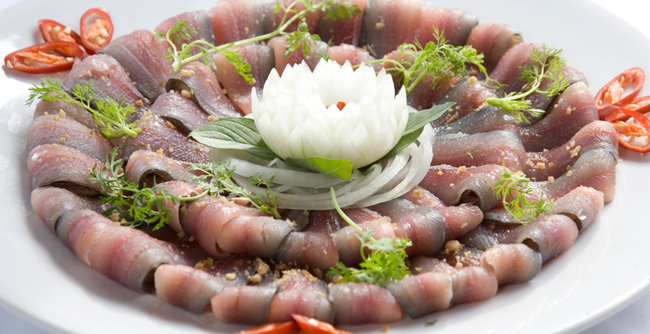
- Noodle Soup (Hủ Tiếu) in My Tho
Although you can try a bowl of Hu Tieu in several street stalls at Hanoi or Ho Chi Minh City, Hu Tieu My Tho is quite different with its secret recipe only passing down from generations to generations. Instead of eating noodle soup with herbs and lettuce, guests are welcomed to try the flavor of lemon, chili, soybean, and soy sauce. To be sure, the most important contribution for an irresistible bowl of Hu Hieu is its broth cooked from pork, shinbone, squids, seasonings and additives. Enjoy one and feel the major differences right now!
